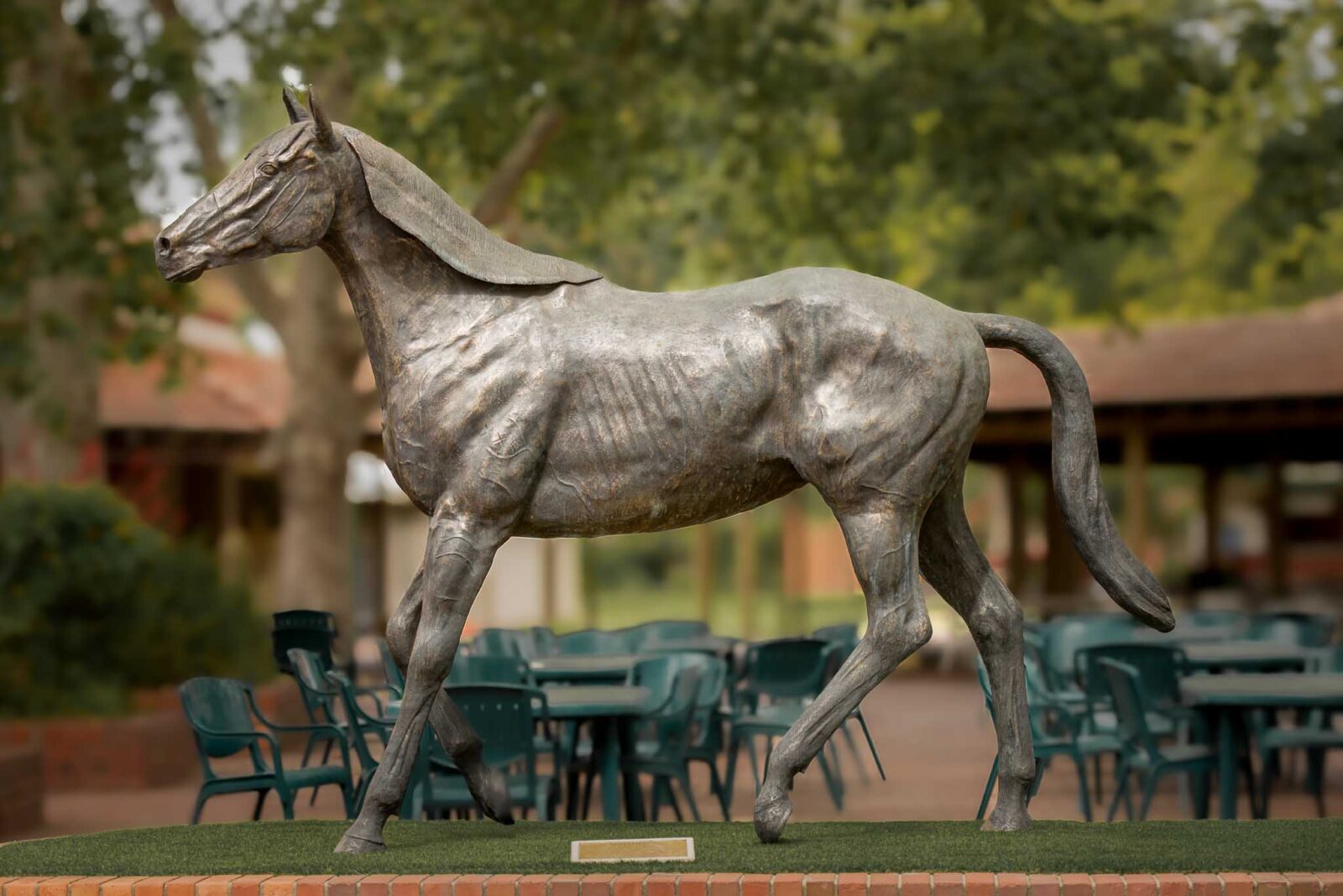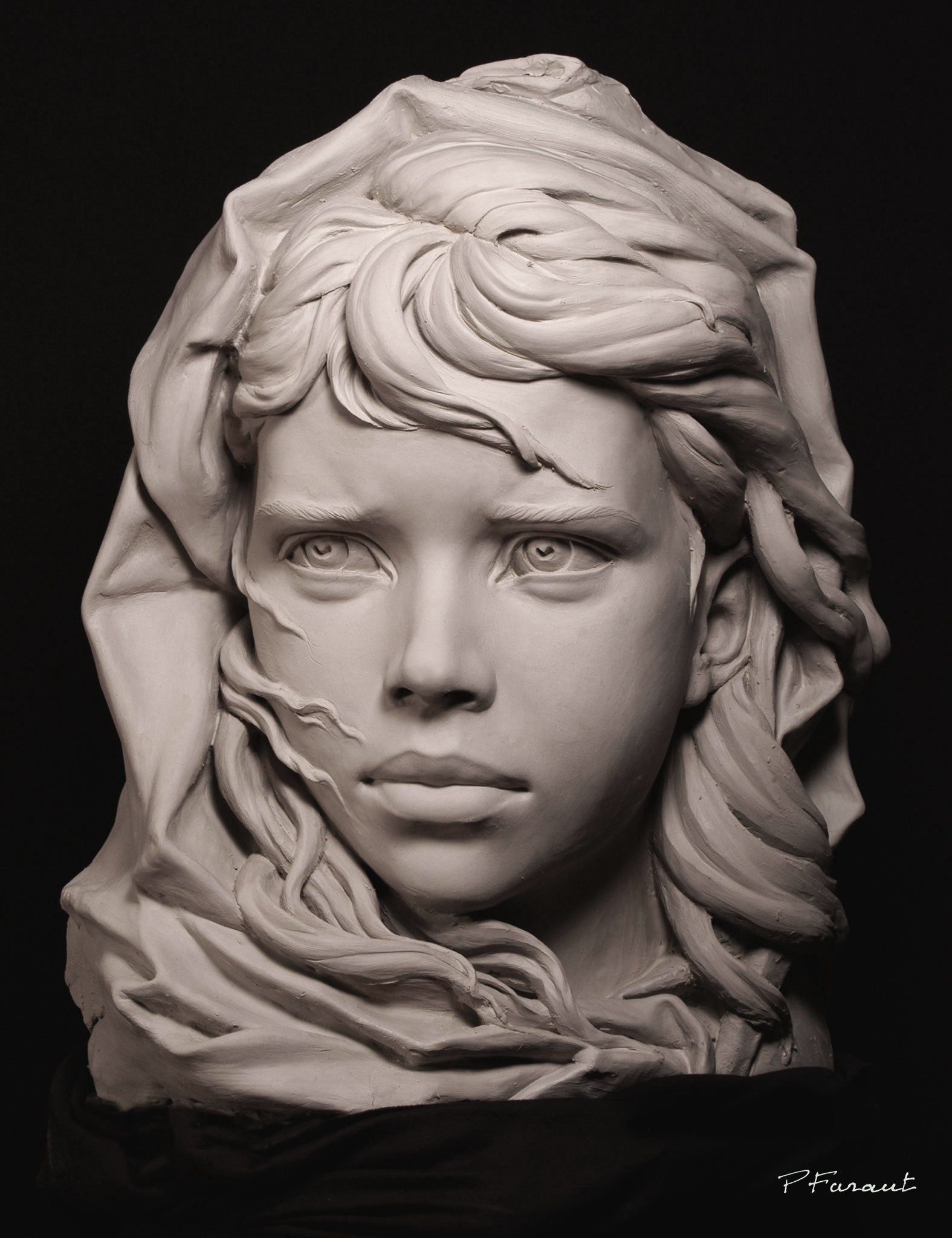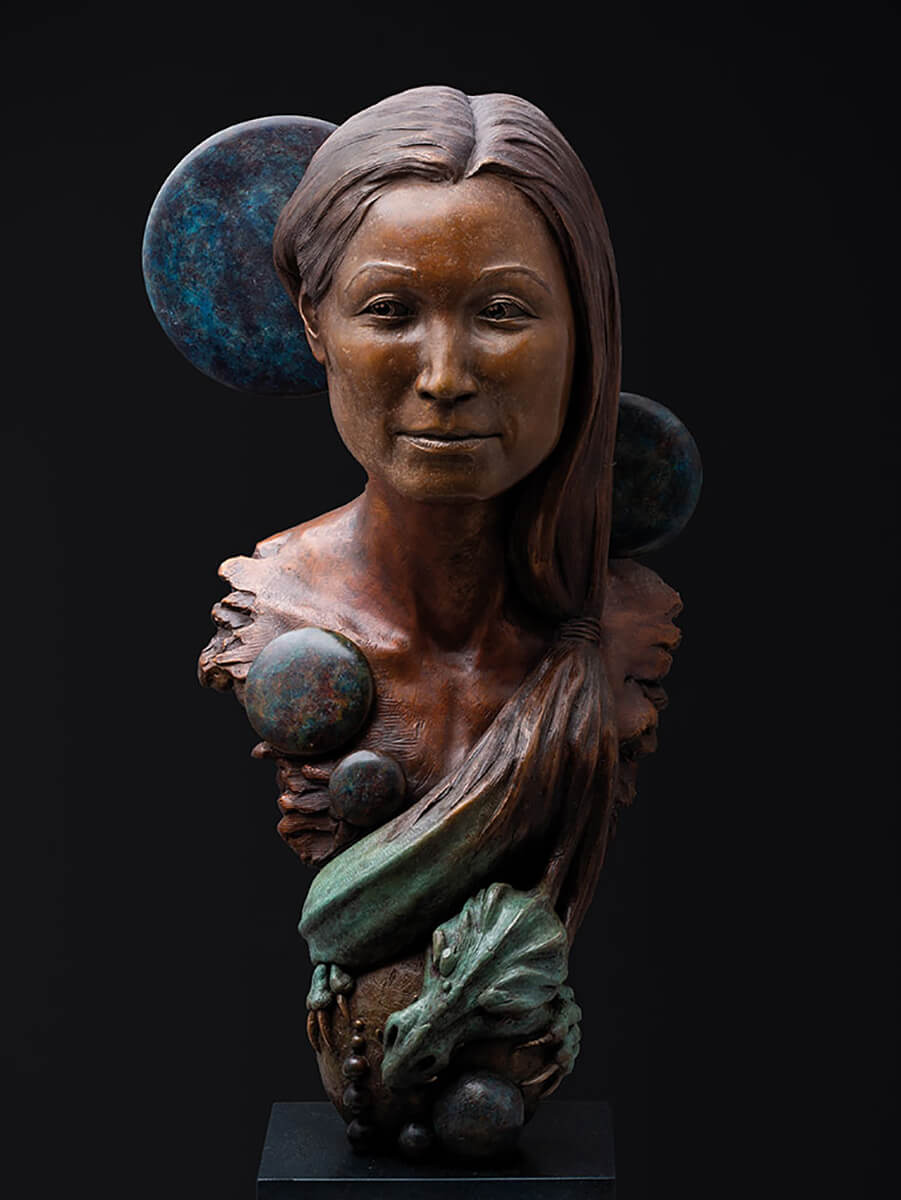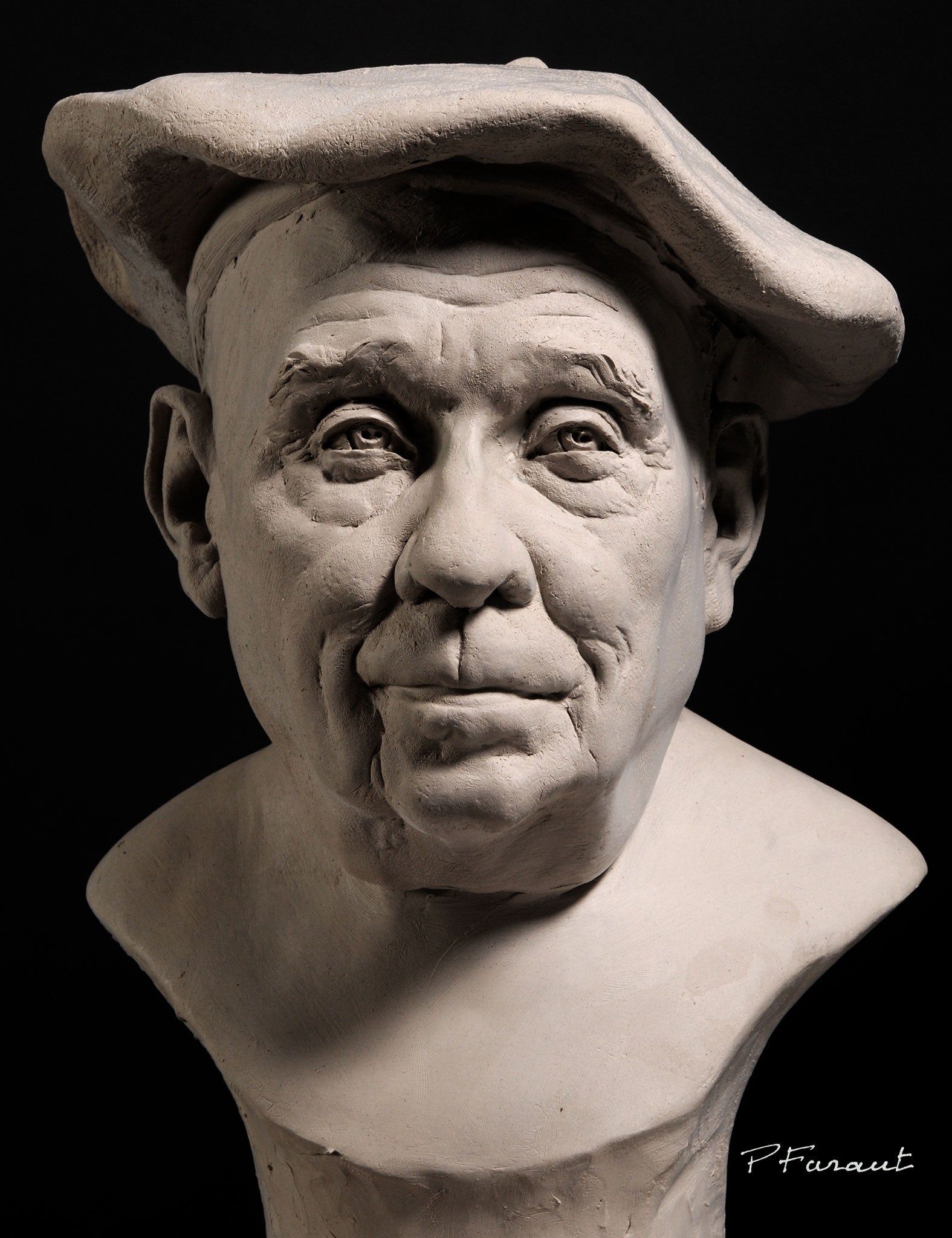Master of Faces: Explore the World of a Portrait Sculptor
The Advancement of Sculptures: From Old to Modern
The Evolution of Sculptures: From Old to Modern. Robert C Hitchcock Sculptor.
Sculpture, among the earliest forms of art, has been an integral part of human world for millennia. From the old people of Egypt and Greece to the contemporary period, sculptures have actually advanced, reflecting modifications in creative strategies, materials, and social influences. This journey via time traces the development of sculptures, discovering the changes in style, subject matter, and creative expression.
Beginning with the ancient world, sculptures crafted from rock and later bronze recorded the essence of deities, leaders, and day-to-day life. The Renaissance duration saw a resurgence of classical sculpting strategies, as musicians sought to mimic the stylish types of old Greek and Roman sculptures (Contemporary Sculptures). In the modern period, artists challenged conventional limits, embracing abstraction and experimentation with brand-new products
This expedition will delve right into the diverse development of sculptures, exposing the rich tapestry of creative expression across different durations and cultures.

Old Sculptures: From Rock to Bronze
Old sculptures transitioned from being sculpted out of rock to being cast in bronze. This change noted a substantial advancement in the art of sculpture, permitting greater refinement and information in the ended up works. Stone sculptures, while outstanding in their own right, were limited by the nature of the material. Rock required extensive sculpting and forming, often leading to a more streamlined representation of the topic.
The introduction of bronze as a tool for sculptures produced a change in imaginative expression. Bronze supplied carvers the opportunity to create lifelike and complex types that were not feasible with stone. The procedure of casting bronze enabled for the development of numerous duplicates of a sculpture, enabling larger distribution and conservation of these artistic work of arts.
The shift from stone to bronze also saw a shift in the topic of sculptures. While stone sculptures mostly depicted gods, goddesses, and mythical figures, bronze sculptures started to mirror a broader variety of subjects, consisting of everyday individuals and pets. This development of subject matter showcased the convenience and versatility of the bronze tool.
Renaissance Revival: Forming in the Timeless Design
The Renaissance revival of sculpture saw a rebirth in the classic style, structure upon the improvements made during the transition from rock to bronze in old sculptures. Throughout this duration, artists sought to recreate the classical visual and perfects of charm that were common in old Greek and Roman sculptures.
One of the essential features of the Renaissance revival was the emphasis on naturalism and the human type. Sculptors like Donatello and Michelangelo aim to capture the physiological information and expressions of their subjects with unprecedented accuracy. They researched the human body and included their observations right into their sculptures, leading to natural and reasonable depictions.
Another crucial aspect of the Renaissance rebirth was the exploration of perspective and depth. Musicians utilized techniques such as contrapposto, where the weight of the body is shifted away, creating a sense of activity and dynamism. They also try out various products, including marble and bronze, to achieve a degree of refinement and ins and out in their sculptures.

Innovation and the Avant-Garde: Damaging Traditional Borders
During the Innovation and Avant-Garde activities, artists pushed the limits of typical artistic conventions. This duration, which emerged in the late 19th and very early 20th centuries, saw a significant shift in the method artists came close to sculpture. Denying the idea of art as plain imitation, modernist sculptors looked for to check out new forms, materials, and concepts.
One of the vital characteristics of modernist sculpture was the focus on abstraction. Carvers moved far from practical representations and instead concentrated on catching the essence of the topic with simplified types and geometric shapes. This departure from standard depiction enabled artists to share their feelings and concepts in an extra subjective and individual fashion.

Contemporary Sculptures: Checking Out New Materials and Concepts
With a concentrate on exploring new materials and principles, modern sculptures have actually reinvented the area of art. Artists today are pressing the boundaries of traditional sculpture by using cutting-edge materials and exploring with abstract concepts. These sculptures challenge standard notions of significance, materiality, and kind, inviting visitors to involve in a new and thought-provoking imaginative experience.
Contemporary carvers are embracing a broad range of products, consisting of plastic, glass, metal, and even organic matter. They are not limited to the conventional tool of stone or clay, enabling greater civil liberty and experimentation. This change in the direction of unique materials has actually opened brand-new opportunities for musicians to produce sculptures that are vibrant, interactive, and aesthetically striking.
In enhancement to exploring brand-new products, contemporary sculptures likewise explore facility and abstract concepts. Artists are now discovering motifs such as identification, social problems, and the setting, using sculpture as a powerful medium for social commentary and introspection. These sculptures challenge visitors to think critically and engage with art on a deeper level, triggering discussions and prompting emotional actions.
Global Influences: Sculptural Traditions From Worldwide
Sculptural practices from various areas of the globe have considerably formed the evolution of sculptures throughout background. The global influences on sculpture have actually varied and have actually added to the richness and variety of imaginative expressions. From the old worlds of Egypt, Greece, and Rome to the elaborate makings of Oriental societies, each area has developed its one-of-a-kind sculptural customs that have influenced artists across time.
In old Egypt, sculptures were developed primarily for funerary and spiritual purposes. The renowned sculptures of gods and pharaohs, such as the Great Sphinx and the breast of Queen Nefertiti, display the Egyptians' proficiency of stone carving and their belief in the immortality.

In old Rome, sculpture served both imaginative and political functions. Roman sculptures commonly illustrated emperors, generals, and mythical numbers, mirroring the power and grandeur of the empire. The marble sculpture of Augustus of Prima Porta and the monumental Arch of Constantine are noteworthy examples of Roman sculptural success.
Oriental sculptural practices, specifically in India, China, and Japan, have likewise had an extensive influence on the advancement of sculptures. Japanese sculptures, influenced by Buddhism, emphasize simpleness and peace, seen in the tranquil statues of Buddha and the classy art of bonsai.
The international impacts on sculpture proceed to develop in the contemporary age. Musicians today draw inspiration from various sculptural traditions, incorporating new products, methods, and principles to develop thought-provoking and cutting-edge artworks. The blend of various social impacts has actually provided surge to a vibrant and varied sculptural landscape, reflecting the interconnectedness of our international society. As we want to the future, it is specific that the global impacts on sculpture will certainly proceed to form and redefine this ancient art form.
Final Thought
To conclude, the advancement of sculptures has seen a change from ancient stone and bronze functions to the timeless rebirth throughout the Renaissance. This was complied with by the splitting of typical borders with modernism and the avant-garde activity. Today, contemporary sculptures discover new materials and principles, while additionally attracting ideas from worldwide sculptural traditions. The trip of sculptures mirrors the ever-changing creative expressions and social influences throughout history.
From the ancient human beings of Egypt and Greece to the contemporary period, sculptures have advanced, mirroring modifications in imaginative methods, materials, and social impacts.Starting with the ancient globe, sculptures crafted from rock and later on bronze caught right here the significance of divine beings, leaders, and everyday life.Ancient sculptures transitioned from being carved out of rock to being cast in bronze. While stone sculptures primarily shown gods, sirens, and mythical figures, bronze sculptures began to show a broader variety of subjects, consisting of everyday individuals and pets.In verdict, the development of sculptures has actually seen a shift from old stone and bronze functions to the classical rebirth during the Renaissance.